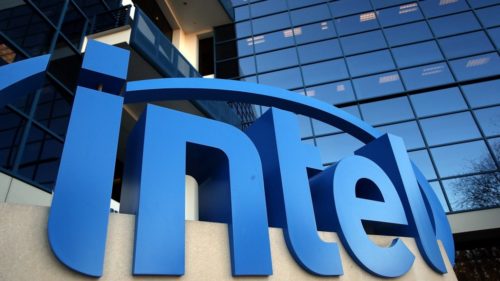Today at Intel Vision, Intel announced that Habana Labs, its data center team focused on AI deep learning processor technologies, launched its second-generation deep learning processors for training and inference: Habana Gaudi2 and Habana Greco. These new processors address an industry gap by providing customers with high-performance, high-efficiency deep learning compute choices for both training workloads and inference deployments in the data center while lowering the AI barrier to entry for companies of all sizes.
Why It Matters: The new Gaudi2 and Greco processors are purpose-built for AI deep learning applications, implemented in 7-nanometer technology and manufactured on Habana’s high-efficiency architecture. At Intel Vision, Habana Labs revealed Gaudi2’s training throughput performance for the ResNet-50 computer vision model and the BERT natural language processing model delivers twice the training throughput over the Nvidia A100-80GB GPU.

- 4th Gen Intel Xeon Scalable sets a new standard for modern performance: Intel is shipping initial SKUs of 4th Gen Intel Xeon Scalable processors (code-named Sapphire Rapids) today. These are the first of many SKUs, with more due to ramp throughout the remainder of the year. The 4th Gen Intel Xeon Scalable processors deliver exceptional overall performance, will support DDR5, PCIe Gen5 and CXL 1.1, and are equipped with new integrated accelerators that deliver up to 30x performance versus the prior generation through software and hardware optimizations for AI workloads2. For telco networks it also has new capabilities that deliver up to two times3 capacity gains for virtual radio access network (vRAN) deployments. In high performance computing, Intel Xeon processors, code-named Sapphire Rapids with high bandwidth memory (HBM), will dramatically boost memory bandwidth available to the processor, super-charging high-performance computing.
- AI made more accessible for enterprises through Project Apollo: In partnership with Accenture, Intel kicked off Project Apollo, a program that will provide enterprises with more than 30 open-source AI solutions kits that are optimally designed to make AI more accessible to customers in on-prem, cloud and edge environments. The first Project Apollo kits will be released in the next few months.
- Preparing for the data center of the future with IPUs: Intel unveiled its IPU roadmap extending through 2026, featuring new FPGA + Intel architecture platforms (code-named Hot Springs Canyon) and the Mount Morgan (MMG) ASIC, as well as next-generation 800GB products. IPUs are dedicated products with hardened acceleration for infrastructure compute needs, allowing businesses to accomplish tasks quicker and solve problems faster.
- Single GPU solution for media transcode, visual graphics and inference in the cloud: Intel’s data center GPU, code-named Arctic Sound-M (ATS-M), is the industry’s first discrete GPU with an AV1 hardware encoder. ATS-M is a versatile GPU with leadership transcode quality and performance targeting 150 trillion operations per second (TOPS). Developers will be able to easily design for ATS-M with an open software stack through oneAPI. ATS-M will be available in two form factors and in more than 15 system designs from partners including Dell Technologies, Supermicro,, Inspur, and H3C . It will launch in 2022’s third quarter.
- New 12th Gen Intel Core HX processors for hybrid work: The company completed the 12th Gen family with the launch of the new 12th Gen Intel Core HX processors. Created for professionals who need maximum performance and flexibility to navigate a hybrid environment, and with up to 16 cores and clock speeds up to 5 GHz, the Intel Core i9-12900HX processor is the world’s best mobile workstation platform.





